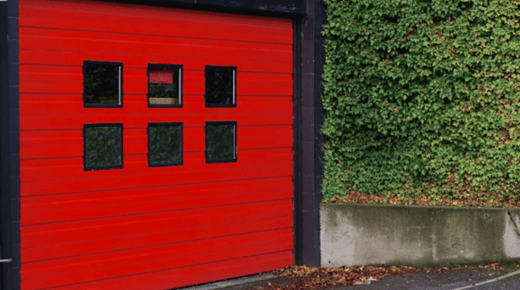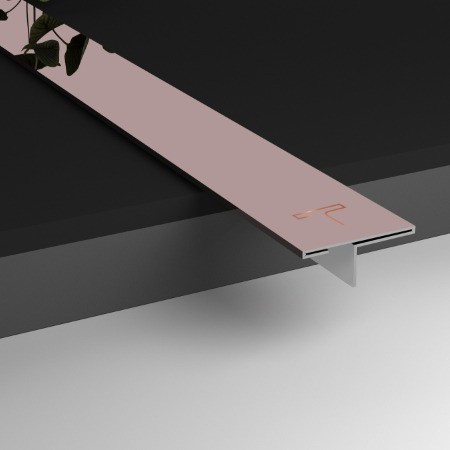how to print on shot glasses
Printing on shot glasses is a process that typically involves screen printing or pad printing, which are specialized techniques used for decorating small, curved, or irregularly shaped objects like shot glasses. These methods require specialized equipment and may not be practical for DIY projects. However, here’s a general overview of how shot glasses are printed:
Materials You’ll Need (for Professionals):
- Shot glasses
- Printing equipment (screen printing or pad printing machine)
- Custom design or artwork
- Printing ink or paint (compatible with glass)
- Drying equipment (e.g., drying oven)
- Safety equipment (gloves, eye protection)
Steps for Professional Printing on Shot Glasses:
- Design Your Artwork:
- Create or prepare the custom design or artwork that you want to print on the shot glasses. Ensure that the design dimensions fit the shot glass surface and consider the color scheme and printing method.
- Prepare the Printing Equipment:
- Set up the screen printing or pad printing machine according to the shot glass size and shape. Adjust the machine settings for proper alignment and ink application.
- Prepare the Shot Glasses:
- Clean the shot glasses thoroughly to remove any dust, grease, or contaminants. Ensure they are completely dry before printing.
- Load the Artwork:
- If you’re using screen printing, the design is transferred onto a fine mesh screen. For pad printing, the design is etched onto a silicone pad.
- Position the shot glass under the printing apparatus, ensuring it is secure and aligned correctly.
- Apply the Ink:
- For screen printing, ink is applied to the screen, and a squeegee is used to push the ink through the screen and onto the shot glass.
- For pad printing, the ink is applied to the etched pad, which then transfers the design to the shot glass.
- Cure or Dry the Ink:
- Depending on the ink or paint used, the printed shot glasses may need to be cured in a drying oven to ensure the design adheres properly and is durable.
- Inspect and Quality Control:
- Carefully inspect each printed shot glass for quality and alignment. Remove any defective or misprinted glasses from the production line.
- Packaging and Storage:
- Once the ink has fully dried and the shot glasses have passed quality control, they can be packaged and stored for distribution or sale.
Important Notes:
- Printing on shot glasses is typically done by professional printing companies with specialized equipment.
- The ink or paint used should be food-safe and dishwasher-safe, as shot glasses come into contact with beverages and may require washing.
- DIY methods like using decals or stickers may not provide the same durability and professional appearance as screen printing or pad printing.
If you’re looking to cust
Also Read:
https://fastspotter.com/how-to-remove-glue-from-braces-at-home/
https://fastspotter.com/how-to-remove-grease-gun-from-fitting/
https://fastspotter.com/how-to-remove-harpic-stains-from-toilet-seat/
https://fastspotter.com/how-to-remove-haze-after-wet-sanding/
omize shot glasses for personal use or small quantities, consider using custom decals, stickers, or label printers designed for glass surfaces. These methods can be more accessible for DIY projects.






